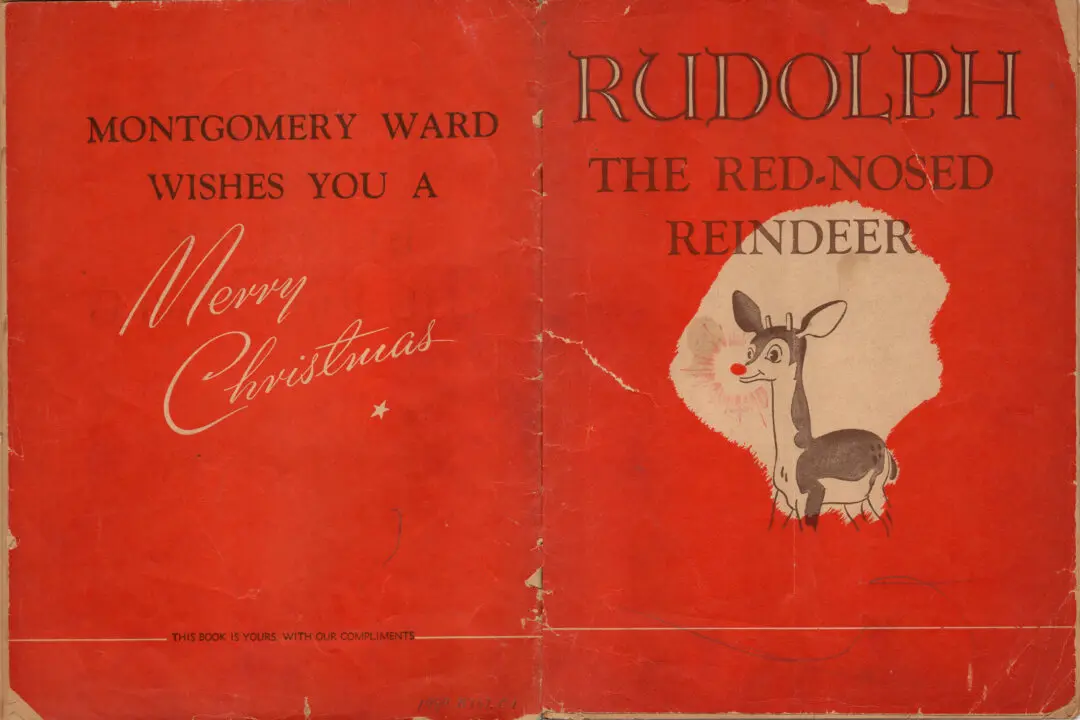The place: New Market, Virginia; the date: May 15, 1864.
Under the command of General John C. Breckinridge, 257 cadets from the Virginia Military Institute (VMI) and other Confederate troops charge across a rain-soaked, newly plowed field against General Franz Sigel’s Union forces. Many of the cadets lose their shoes in the muck, rendering that ground the “Field of Lost Shoes.” With a loss of 10 dead and 45 wounded, this battalion, most of them teenagers, sweep aside their enemies, capture some artillery pieces, and help win the day for the South.






